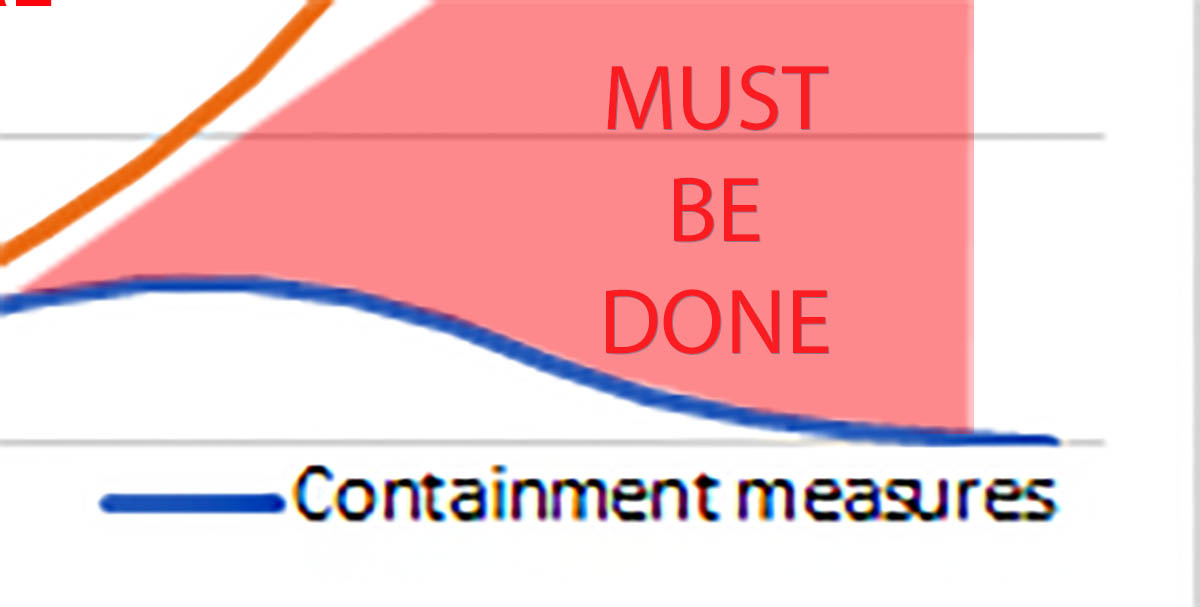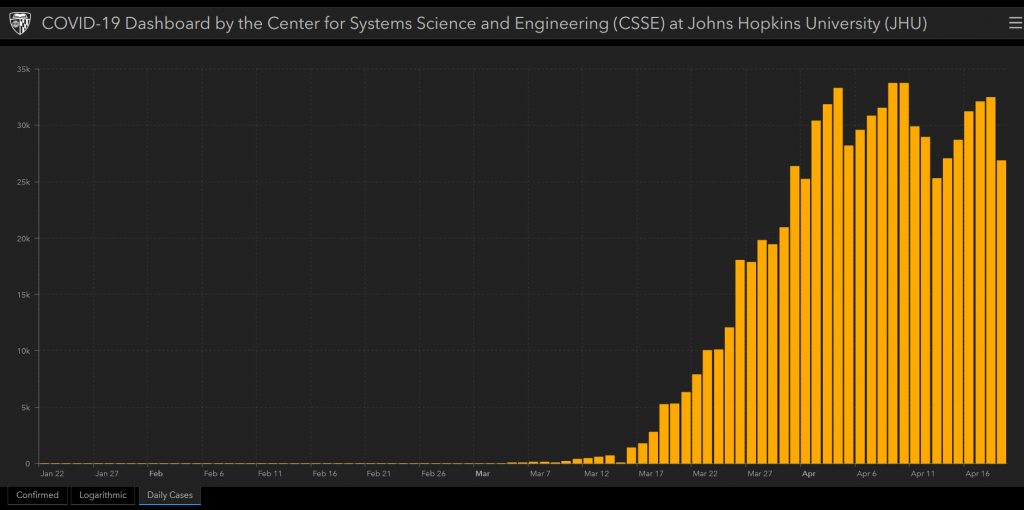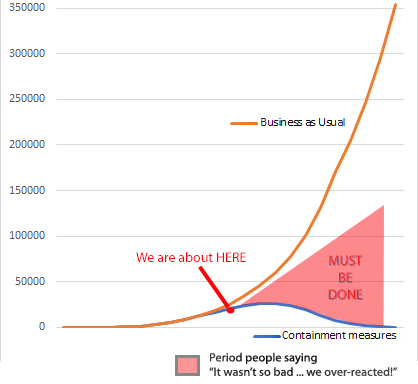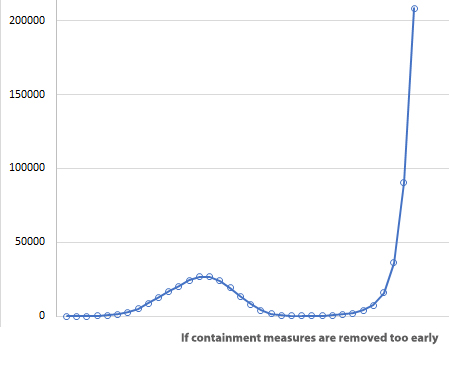
The spread of the COVID-19 virus in Australia is slowing rapidly, but experts warn the time for reopening doors to the public may be some time yet.
Despite having one of the best outlooks in the developed world on containment of the deadly virus, Australia cannot let itself be misguided into thinking it’s time to relax.
In Australia the number of recorded infections remains relatively low, and importantly the number of people needing ICU treatment and the number of ultimate fatalities remains very low; the death rate is currently 1.04 per cent, compared with a global average rate of 6.87 per cent.
If Australia was to jump to the global average – which is still considerably lower than many countries including Italy, Spain and France – we would see another 375 people pass away.
Based on global numbers, recently surpassing 2.4 million reported infections, the pass-on rate in the roughly 17 weeks since the virus was first discovered works out to slightly over 2.5, meaning each infected person infects (on average) 2.5 other people.
If Australia had maintained that pass-on rate since it was first detected here in late January, we would now be recording in the region of 59,600 cases and 620 deaths, with many more to come. At time of publishing official statistics here are 6,440 cases and only 67 deaths.
*Note: the gestation period of the virus means the deaths number is always weeks behind the infections, and never a truly accurate reflection. Other active cases may yet not survive.
The fall in the number of new cases each day can create a false sense of security. This is particularly true given the number of people that are asymptomatic, estimated by Sydney University at 31 per cent, meaning they may be infectious and spreading the virus even if not showing symptoms themselves.
As a virus that has not been encountered before (referred to as ‘novel’), knowledge of it is increasing all the time. With this there is also evidence emerging at least some people can be re-infected again, likely with less severe symptoms as they already have some immunity. This reality may well add to the problem of ‘typhoid Mary’ people unwittingly infecting others.
These are typical of the reasons why experts and authorities are saying social restrictions will not ease for a while yet, and pubs will not reopen until some time after that. The priority now is to prevent a second wave of infections.
“I understand not having this avenue for social interaction is contributing to this challenging time,” Federal Health Minister Greg Hunt told the Sun-Herald.
“Restaurants, cafes and pubs will reopen when the health advice and government deem it safe to do so.”
Peter Collignon, a professor of microbiology at the Australian National University furthered this by suggesting the upcoming winter holds grim promise for coronavirus, as it does with most respiratory illnesses. His estimate puts “September this year at the earliest” for pubs to reopen.
University of Sydney professor of public health, Julie Leask, is one of the team advising government on projections and potential policies. She believes it may be quite some time before pubs return to how they were known, suggesting a “new normal” will follow reopening.
Minister Hunt voiced similar thoughts, expecting that when venues do reopen “there may still be significant measures to maintain social distancing and to support good hygiene”.
In the USA a lot of people are already protesting the effects of the lockdowns that are being enforced in most states, despite America’s numbers showing little sign of slowing.

Angry citizens in the US and other countries have rallied that the COVID-19 pandemic is comparable to influenza. By way of direct comparison:
- US cases of influenza 2018/19: 35 million
- Deaths in US from influenza 2018/19: 34,200 = 0.1%
- US cases of COVID-19 January 20 – now: 639,000
- Deaths in US from COVID-19 to date: 40,683 = 6.37%
Another worthy comparison is of COVID-19 with the infamous Spanish Flu of 1918-1920.
The numbers are rough, but the Spanish Flu was thought to have infected around 500 million people, which was approximately one third of the global population at the time. It is thought to have killed around 50 million people, giving it a mortality rate of 10 per cent.
If COVID-19 were to achieve a comparable rate of spread, with 2-3 billion people infected, even at the current rate the death toll would be around 412 million people.
Unless a safe, successful, already well understood and studied treatment is found in the near future, or all records are broken in the finding of a vaccine (all the vaccines for major known illnesses, such as smallpox, polio, measles, rubella etc, took more than a decade to develop), Australia’s best bet is to remain as closed as possible until every possible asymptomatic case has played out. Only then we can enjoy the benefits of isolation and reopen for business.


